From bias to balance
How to craft gender-inclusive job ads
“Gender equality”, “gender-neutral”, “non-binary”, and other gender-related words and phrases have become a hot topic worldwide, with schools, institutions and communities on high alert about appropriate language use and assumptions. While progress has been made in many areas, there are still gaps — and gender disparities, exclusions and inherent biases continue to creep in.
Why does this matter?
It affects the number and quality of applicants while also reflecting well or poorly on a company’s commitment to diversity, equity and inclusion (DE&I).
History and theory
Consider these classified ads from 1960:
- “Woman — Mature, 40 to 55 years of age for secretarial work in x-ray department of hospital. Typing essential, shorthand not needed. 5 1/2 -day week. Write stating age, experience and salary expected.”
- “Radio Manufacturing Co. requires intelligent young man, 21-25, as Trainee Supervisor. Applicant should have Leaving Certificate standard of education and some mechanical experience. Reply stating age, education, and previous employers.”
Wow. Times have changed.
But, have they? Today we may use subtler words — gender-coded language — to discourage women, men or non-binary people from applying for positions. Here are some examples:
- Male: competitive, aggressive, challenge, decisive, courageous, dominate, champion, driven, fearless
- Female: collaborative, dependable, honest, loyal, interpersonal, enthusiastic, committed, connected, patient
These words are predominantly adjectives that describe personal attributes, not required outcomes of the job, specific experience or other factual information.
Back in 2011, the University of Waterloo and Duke University explored whether job ads in predominantly male fields used wording associated with “masculine” characteristics — such as “confident” and “competitive” — and whether this potentially deterred women from applying. The answer, unfortunately, was yes.
The World Economic Forum’s Global Gender Gap Report 2023 suggests that proactively inclusive ads make people feel confident to apply, regardless of gender. A Harvard Business Review study similarly found that job ads using gender-neutral language receive more responses than gendered ones — yielding more diverse applicant pools and ultimately, workforces.
How to use gender-neutral language in your job ads
Companies and recruiters may post biased ads without meaning to. But the more you know, the more you’ll know.
Because gender-inclusive language doesn’t discriminate or exclude anyone based on gender identity or expression, you should try to avoid words or phrases associated with a specific gender, assumptions or stereotypes. Here’s how:
- Leverage tools and resources to help you to improve the gender-inclusiveness of your job ads. Tools like Gender Decoder can help you identify and replace gendered words, measure and optimise the gender balance, and provide suggestions and feedback on making your job ads more inclusive and effective.
- Choose inclusive terms to describe roles, responsibilities and qualifications. For example, instead of using “salesman”, use “sales representative”; instead of “chairman”, use “chairperson” or “chair”.
- Familiarise yourself with pronouns, like they/them, their/theirs or we, us, and our.
- Re-think titles or avoid them altogether. For example, instead of “Dear Mr/Mrs” or “Sir/Madam”, use “Dear applicant” or a simple “Hi there”.
- Avoid words or phrases that typically imply a preference for a specific gender. Consider “we are looking for a skilled leader” instead of “we are looking for a powerful leader”.
It starts with the mindset
Whenever societal norms change or evolve, it can be challenging to understand and adapt to them. And, while bias is a natural and unconscious tendency, there are ways to ease conventional executives and management into embracing the change:
- Emphasise the business case: Research shows that diverse and inclusive teams are more innovative, productive, and profitable.
- Tackle inherent bias: Employee and leadership training programmes can raise awareness and challenge stereotypes.
- Create a safe environment: Inclusive leadership means leveraging diversity, listening to and valuing different perspectives, encouraging collaboration and feedback, and supporting team development and growth.
The best way to adapt to new and dynamic lingo is by regularly revisiting job ad language, policies, and practices. Contact Network Recruitment for help.
CONTACT US
Download Documents
PAIA | PRIVACY NOTICE | SITE DISCLAIMER | B-BBEE CERTIFICATE | TERMS & CONDITIONS
SUBSCRIBE TO OUR MONTHLY NEWSLETTER
All Rights Reserved | Network Recruitment


